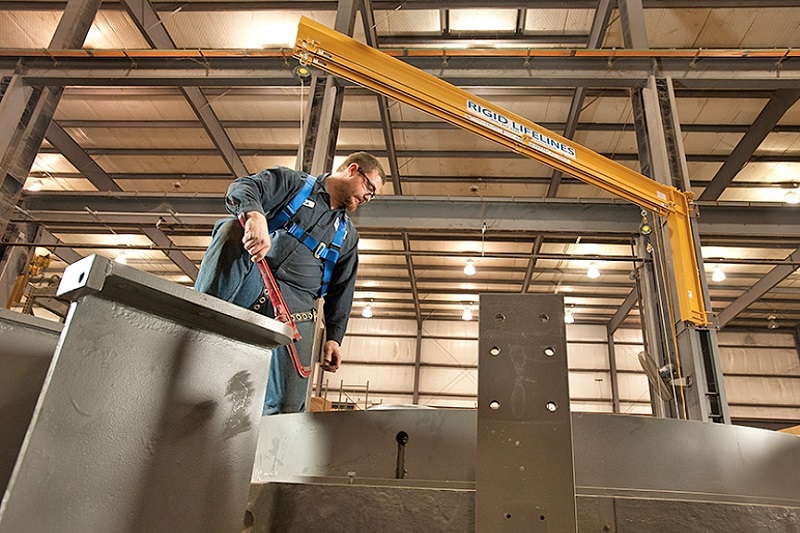
Workplace safety is an essential aspect of any business operation. As companies strive to provide safer working environments, the adoption of advanced safety measures, like rigid rail systems, has become increasingly significant. This article aims to shed light on the benefits of rigid rail systems in enhancing workplace safety while discussing the integral role these systems play in industrial safety management.
What are Rigid Rail Systems?
Rigid rail systems, also known as rigid lifelines, are a type of fall protection equipment. They are designed to protect workers operating at heights from potential falls, providing a secure anchor point that allows for mobility while limiting fall distances. Rigid rail systems are usually constructed of steel or aluminum and can be customized to fit various workplace layouts and requirements.
Importance of Fall Protection in the Workplace
Fall-related accidents are among the leading causes of serious work-related injuries and deaths, particularly in industries involving work at heights. Hence, implementing effective fall protection measures is crucial. Rigid rail systems, being a key aspect of overhead fall protection, serve as an essential safeguard, reducing the risk of severe accidents and ensuring worker safety.
Benefits of Using Rigid Rail Systems
Rigid rail systems offer several benefits for workplace safety:
- Enhanced Safety: Rigid rail systems provide continuous, hands-free fall protection, allowing workers to move freely and safely at heights.
- Limited Fall Distance: Due to their rigid structure, these systems limit fall distances significantly, reducing the potential for injury.
- Customizable: They can be tailored to fit various workplace environments and specific job requirements.
- Durability: Made of robust materials, rigid rail systems are durable, resisting wear and tear even in harsh industrial environments.
Comparison of Rigid Rail Systems with Other Safety Measures
While there are various safety measures available, rigid rail systems stand out for their specific benefits. They offer more mobility and safety than traditional fall protection methods, such as lanyards or harnesses. Unlike flexible systems, they prevent swing falls and limit fall distances, thereby reducing the risk of injury.
Implementing Rigid Rail Systems in Your Workplace
To implement a rigid rail system:
- Assess your workplace to understand the specific needs and potential hazards.
- Consult a safety professional to design a system that best fits your workplace layout and operations.
- Train your employees on the use of the system, ensuring they understand its proper application and the importance of regular safety checks.

Conclusion
Rigid rail systems play a critical role in maintaining a safe working environment, particularly in industries involving height-related tasks. They not only provide superior fall protection but also contribute to increased productivity as workers can perform their tasks without fear of falling. By investing in such robust safety measures, businesses can significantly reduce workplace accidents, protecting their most valuable asset - their employees.
In the ever-evolving landscape of industrial safety, rigid rail systems are not just an option, but a necessity. Prioritizing worker safety isn't just good ethics; it's sound business practice. Therefore, the integration of advanced safety measures such as rigid rail systems should be a key consideration for any forward-thinking business.



